Lincoln Patent
Have you ever heard of the Abraham Lincoln patent?
If not, don't feel bad. Until a day or two ago, neither had I.
Turns out, Abraham Lincoln is the only United States President to ever hold a patent for an invention...
Lincoln was an ardent supporter of patent law, and believed it served to motivate and inspire the genius of invention. As he wrote in 1859, he felt this was the case because the the patent laws at the time, "...secured to the inventor, for a limited time, the exclusive use of his invention; and thereby added the fuel of interest to the fire of genius, in the discovery and production of new and useful things."
The fuel of inventive interest was definitely in plentiful supply in young Congressman Abraham Lincoln in the year of 1848. It was at this time, between sessions of Congress, that Lincoln came up with an idea that he felt would be truly revolutionary...
A Revolution in Steamboat Navigation...
Inspiration came to Lincoln during his trip back home to Illinois after the completion of a session of Congress in Washington D.C.
Lincoln biographer William H. Herndon, Lincoln's law partner at the time, describes what happened:
"After seeing Niagara Falls he continued his journey homeward. At some point on the way, the vessel on which he had taken passage stranded on a sand bar. The captain ordered the hands to collect all the loose planks, empty barrels and boxes and force them under the sides of the boat. These empty casks were used to buoy it up. After forcing enough of them under the vessel she lifted gradually and at last swung clear of the opposing sand bar. Lincoln had watched this operation very intently. It no doubt carried him back to the days of his navigation on the turbulent Sangamon, when he and John Hanks had rendered similar service at New Salem dam to their employer, the volatile Offut. Continual thinking on the subject of lifting vessels over sand bars and other obstructions in the water suggested to him the idea of inventing an apparatus for that purpose."
Lincoln's plan was to attach large, expandable, waterproof bellows (or air chambers) to the sides of the riverboat along the waterline. That way, when the boat ran aground, the bellows could be filled with air, and the boat could be floated off of whatever it was snagged on. Herndon described the idea this way: "Using the principle involved in the operation he had just witnessed, his plan was to attach a kind of bellows on each side of the hull of the craft just below the water line, and, by an odd system of ropes and pulleys, whenever the keel grated on the sand these bellows were to be filled with air, and thus buoyed up, the vessel was expected to float clear of the shoal."
The young Congressman wasted little time in developing his innovative new idea: "On reaching home he at once set to work to demonstrate the feasibility of his plan. Walter Davis, a mechanic having a shop near our office, granted him the use of his tools, and likewise assisted him in making the model of a miniature vessel with the arrangement as above described."
The construction of this model (above) became the focal point of Lincoln's efforts, and he seemed to enjoy regaling others with the details of what he believed was a concept destined to have a huge impact on river transport. This was something his law partner got to experience up close and personal: "Occasionally he would bring the model in the office, and while whittling on it would descant on its merits and the revolution it was destined to work in steamboat navigation. Although I regarded the thing as impracticable I said nothing, probably out of respect for Lincoln's well-known reputation as a boatman."
When he had completed the model, he set off to Washington D.C. to see about securing a patent. There he hired attorney Z. C. Robbins to help draft his patent application. You can see the whole application including the design sketches further down this page, but here is a part of the Lincoln patent application...
He started off strong with an introduction to the concept and purpose of his proposed invention...
"To all whom it may concern:
Be it known that I, Abraham Lincoln, of Springfield, in the county of Sangamon, in the state of Illinois, have invented a new and improved manner of combining adjustable buoyant air chambers with a steam boat or other vessel for the purpose of enabling their draught of water to be readily lessened to enable them to pass over bars, or through shallow water, without discharging their cargoes; "
...and finished up with these paragraphs on the scope of his patent...
"I wish it to be distinctly understood, that I do not intend to limit myself to any particular mechanical arrangement, in combining expansible buoyant chambers with a vessel, but shall var the same as I may deem expedient, whilst I attain the same end by substantially the same means.
What I claim as my invention and desire to secure by letters patent is the combination of expansible buoyant chambers placed at the sides of a vessel with the main shaft or shafts C by means of the sliding spars or shafts D which pass down through the buoyant chambers and are made fast to their bottoms and the series of ropes and pullies or their equivalents in such a manner that by turning the main shaft or shafts in one direction the buoyant chambers will be forced downwards into the water and at the same time expanded and filled with air for buoying up the vessel by the displacement of water and by turning the shaft in an opposite direction the buoyant chambers will be contracted into a small space and secured against injury."
All the work finally paid off when Lincoln's patent was granted on May 22, 1849. Unfortunately for him, the idea was, as his law partner had guessed, not very practical, and was never put to use. Herndon had this to say about the patent: "The model was sent or taken by him to Washington, where a patent was issued, but the invention was never applied to any vessel, so far as I ever learned, and the threatened revolution in steamboat architecture and navigation never came to pass. The model still reposes in undisturbed slumber on the shelves in the Patent Office, and is the only evidence now existing of Lincoln's success as an inventor."
Although this invention was not really successful, it is worth noting; because, it would make Abraham Lincoln the only US President ever to patent an invention. A distinction that still holds true today.
US Patent 6469 Buoying Vessels Over Shoals
Here is the Lincoln patent application. The first page contains the sketches of the invention, and the second and third pages contain Lincoln's description of the invention. He filed his application on March 10, 1849, and the patent was granted on May 22, 1849.
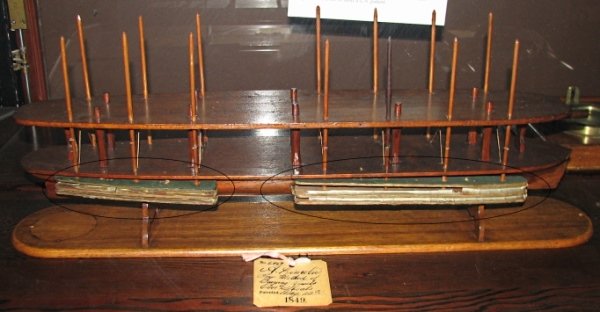
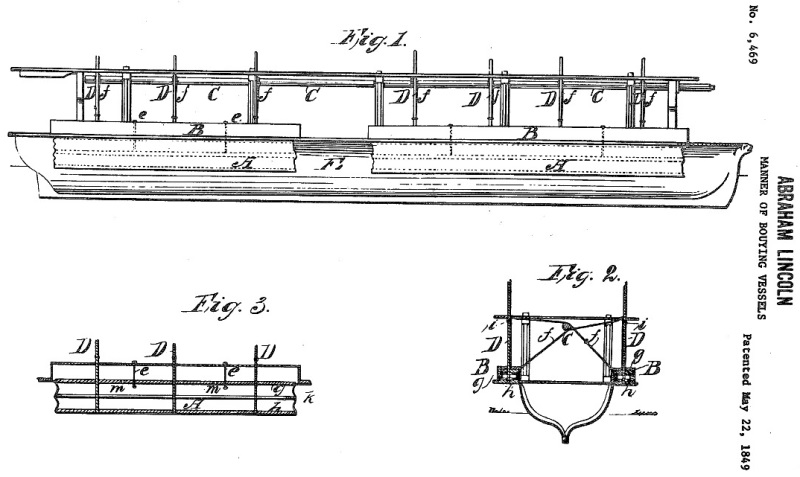
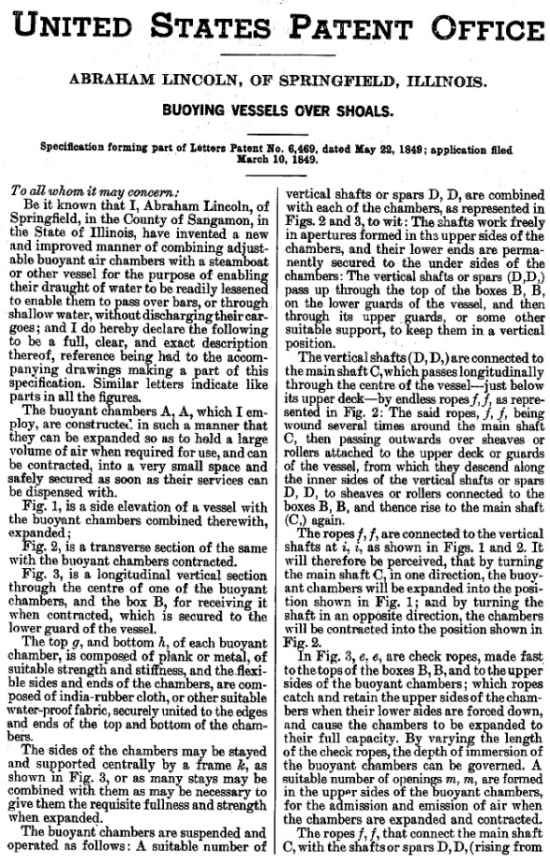
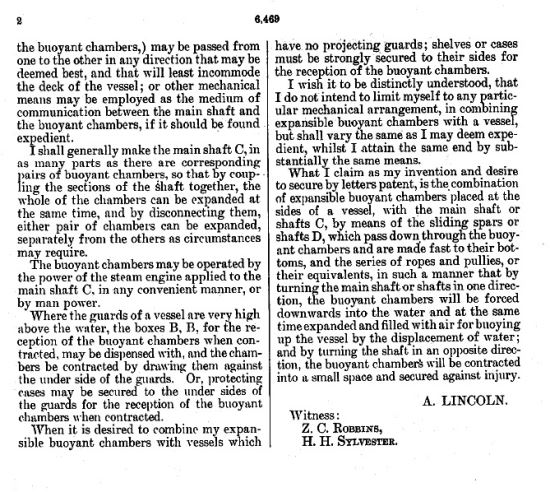
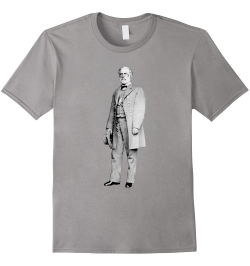
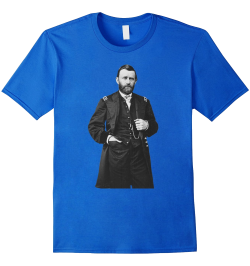



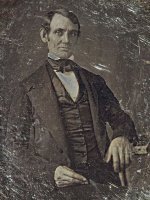
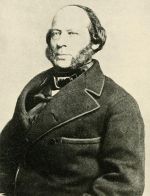
New! Comments
Have your say about what you just read! Leave me a comment in the box below.